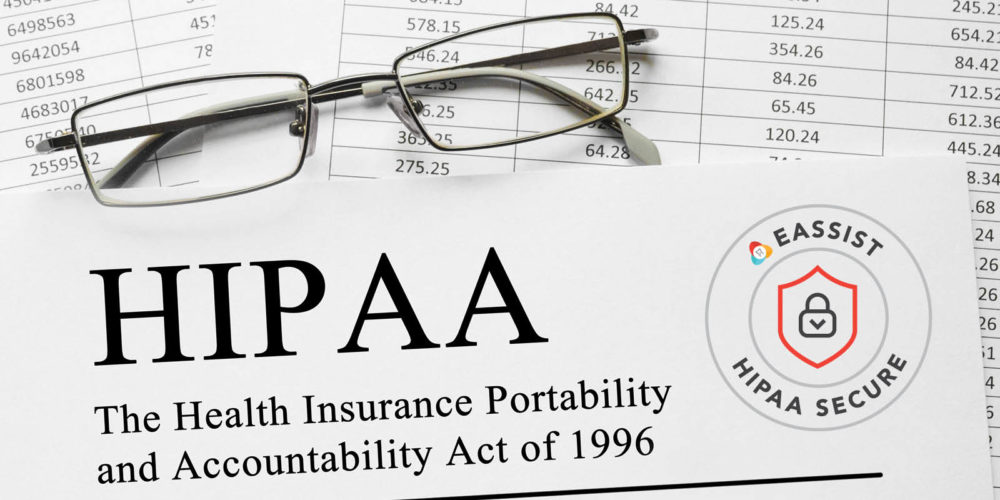Billing Statements and Explanation of Benefits (EOB)
Patients can receive a billing statement from the dentist and an explanation of benefits (EOB) from the insurance company. While both contain information about their payments and coverage, they are different (“How do I read my Blue Cross Blue Shield of Michigan Explanation of benefits?”). A billing statement indicates the coverage and discount applied to the amount the patient must pay to their dental provider, while the EOB “is a written statement to a beneficiary from a third-party payer after a claim has been adjudicated. The EOB indicates which benefit(s)/charge(s) are covered or not covered by the dental benefits plan” (“ADA Position on Explanation of Benefits (EOB) Statements”; RMHP). Billing statements and the EOB can help dentists and patients in different ways.
Billing statements can aid dentists when getting patients to pay for their services after treatment. Although patients usually pay for their procedures on the day of their appointment, others may have to pay for it over time under a payment plan or practice credit, if it is expensive for them (“How to have better collections in the dental practice” 2015). Dental clinics send billing statements in order to remind the patients to keep up with their payments (“How to have better collections in the dental practice” 2015). Regarding matters of insurance coverage, patients ideally pay all of their out-of-pocket payments “before or on the day of service” based on coverage estimations (Hatch 2017). Unfortunately, sometimes, after the insurance company reviews the claim, “the insurance estimates are incorrect and insurance pays less, resulting in remaining balances for patients to pay” (Hatch 2017). Consequently, dentists have to send them billing statements for their leftover payments (Hatch 2017).
An EOB can help patients locate any errors in their dental bills and learn more about their payments and coverage. Patients can compare the EOB’s information with their billing statement in order to check for any billing and coding mistakes (Elmblad 2018). In these cases, they can contact their insurance company to remedy these mistakes (Elmblad 2018). Furthermore, Christine Taxin, who “has more than 20 years as a practice-management professional,” states, “The biggest misconception about EOBs is that patients believe what [dental practices] charge for procedures is what [they] receive, and that [patients] don’t want to waste any insurance money,” even though dentists must have reduced fees due to their contract with the insurance company (2011). Dentists and their employees should talk about EOBs with their patients because patients could “understand the challenges that [their] office face on a daily basis with insurance” and would then “be more apt to do what [they] suggest for their dental health” (Taxin 2011).
Billing statements help dentists receive regular payments from patients, who are paying for their treatments over time, and any leftover payments from patients due to lower than expected coverage. EOBs help patients make sure they are being billed correctly and understand their insurance coverage. By being more aware of their benefits, they could be more willing to undergo recommended procedures (Taxin 2011).


0 Comments